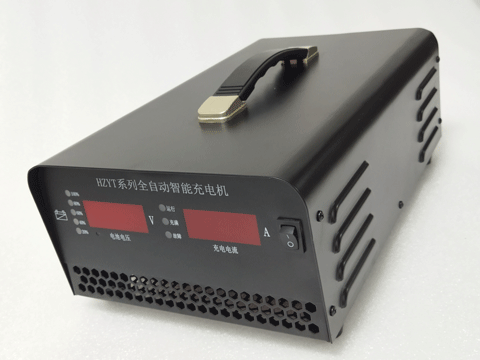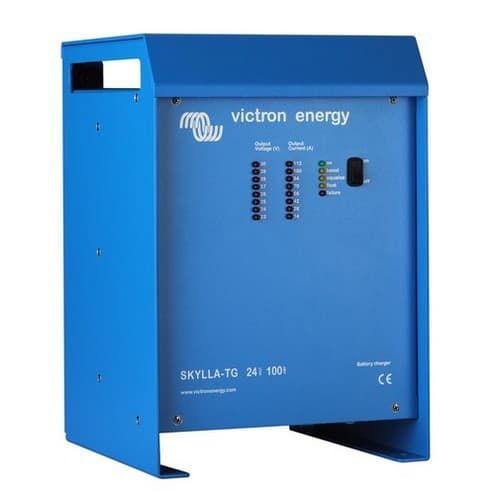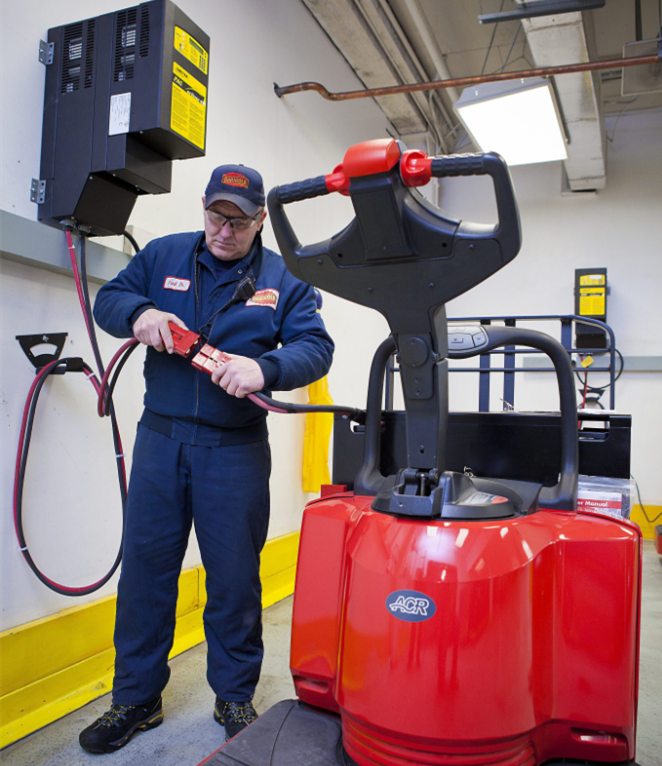According to a recent report in the Nihon Keizai Shimbun, Chinese companies are gaining momentum in patent applications related to electric vehicle charging and battery replacement. According to the report, rapid charging and battery replacement technologies are largely responsible for the convenience of electric vehicles and are key factors in their popularity. 2022 will see more than 5 million pure electric vehicles sold in China, which is also improving its international competitiveness in terms of charging infrastructure. According to a Tokyo-based company engaged in patent analysis, Chinese companies ranked first with 41,011 cumulative applications between 2010 and 2022, when the number of related patent applications began to increase.
Electric vehicle electric energy replenishment methods include conduction charging, wireless charging, and power exchange, and conduction charging includes DC charging and AC charging. Long charging times and poor charging experience have been the pain points of global electric vehicle charging services. To solve this pain point, China has invested tremendous efforts in the development of charging technology and standards for electric vehicles and has made remarkable achievements.
-- New breakthroughs in super-fast charging technology and standards. 2022, after nearly six years of efforts, the Technical Committee for Standardization of Electric Vehicle Charging Facilities in the Energy Industry completed the preparation of three ChaoJi standards including "Electric Vehicle Conduction Charging System Part 1: General Requirements", marking the completion of high-power charging technology and The standard preparation work has been completed and the super-charging industry chain is available. The successful trial of high-power charging by some vehicle enterprises has also firmly established the direction of industrial development. With the active layout of the charging industry, supercharging will become a breakthrough point for industrial upgrading of the charging industry. 2023 will see the application scenarios of supercharging along highways, megacities, and commercial vehicles.
--Wireless charging opens the door to marketization. In December 2022, the National Standardization Administration Committee approved four national standards revision plans, including "General Technical Requirements for Battery Box Connectors for Electric Vehicle Replacement". With the establishment of the power exchange standard system and the promotion of demonstration city construction, heavy truck power exchange, cab power exchange, and private car power exchange will also be further developed rapidly. Under the insistence of relevant institutions that have continued to accumulate technology, develop standards, control costs, and strive for policy space for many years, wireless charging with charging convenience, safety advantages, and high-tech sense experience will come to the market in 2023, and wireless charging modules will be formally incorporated into new car sales as an optional feature of high-end models.

Facing the characteristics of large market scale, obvious urban-rural differences and numerous models, the three-dimensional characteristics of China's electric vehicle charging and switching service system are becoming more and more obvious, and different market demands and different charging and switching technology routes will blossom in the segmented market.
As a vehicle electrical energy replenishment charging and switching facilities standards, profoundly affect the direction of automotive technology development and grid operation safety, have become the focus of technical competition among automotive powerhouses. Recently, the ChaoJi charging technology scheme initiated by China was officially written into the next-generation DC charging international standard, marking an important leap from following to leading in the field of electric vehicle charging technology standards in China. This major leap was not easy to come by and is the result of China's unremitting efforts for more than 10 years.
Since 2010, the State Administration of Market Regulation (National Standardization Administration Committee) has organized the China Electricity Council, State Grid Corporation, Nanrui Group, and other units, based on the needs of the domestic electric vehicle industry, facing the high point of international standards, upholding the concept of openness and cooperation, jointly researching and developing electric vehicle charging and switching standards, establishing a charging and switching system with China's independent intellectual property rights and leading international standards. In 2013, China has been the first Chinese governmental organization in the International Electrotechnical Commission (IEC) to establish a standard system for electric vehicle charging and swapping facilities.
In 2013, China successfully established IEC 62840, the world's first set of electric vehicle battery replacement technology standards in the International Electrotechnical Commission (IEC), which is a breakthrough in China's international standards for electric vehicles and the first Chinese technical solution in the field of international standards for electric vehicle charging and swapping facilities. TC69 WG9), the first working group in the field of international standards for information technology in the field of charging and swapping operations, has developed two international standards for charging roaming based on Chinese group standard technical solutions, which also became an EU standard in the same period.

Recently, the next-generation EV DC charging ChaoJi charging interface standard IEC PAS 63454, led by China, was officially published, making a major breakthrough in the next-generation technology competition in the world of EV charging and swapping. At the same time, the official publication of the international standard IEC PAS 61851-1-1 marked that the AC charging interface widely used in China was officially written into the international standard and became one of the internationally prevailing technical solutions. With the change in demand for international standards brought about by the increasingly obvious electrification of transportation, China served as the convener of the IEC Standardization Bureau System Evaluation Group (IEC SMB SEG11), put forward the concept of electrified transportation, promoted the establishment of the IEC Sustainable Electrified Transportation Planning System Committee, and planned the future direction of the development of electrified transportation standards and technologies.
Over the past 10 years, China has taken the lead in publishing 8 international standards and one technical report in the field of electric vehicle charging and switching, including IEC 62840 series, IEC 63119 series, IEC TS 63066, etc., covering various important fields such as electric vehicle battery replacement technology, AC charging technology, DC charging technology and electric vehicle operation information interaction, achieving a comprehensive breakthrough. China has become an important player in the international electric vehicle field.
By the end of 2022, China has reached 228 standards in the field of new energy vehicles and charging and switching, of which 137 are national standards and 91 are industry standards, covering various fields such as basic general, vehicle, key assembly, charging infrastructure, interface, and interface, etc., which have become an important basis for new energy vehicle market access, financial subsidies, product quality supervision, testing, and certification, charging infrastructure construction and other aspects. It has become an important basis for new energy vehicle market access, financial subsidies, product quality supervision, testing, and certification, charging infrastructure construction, etc., and effectively supports the implementation of new energy vehicle industry policies. Among them, the China Electricity Council, as the secretariat unit of the Technical Committee for Standardization of Electric Vehicle Charging Facilities in the Energy Industry, undertakes the standardization and management work in the field of charging facilities and manages nearly 100 standards in the field of charging facilities under its supervision.

The rapid development of electric vehicle charging technology in China cannot be separated from the active assistance of national policies. 2015, the General Office of the State Council issued the "Guidance on Accelerating the Construction of Electric Vehicle Charging Infrastructure"; the National Development and Reform Commission and the National Energy Administration issued a notice on issuing the "Electric Vehicle Charging Infrastructure Development Guide (2015-2020)". To promote the development of the charging infrastructure industry to provide policy support; in 2022, the National Development and Reform Commission and other 10 departments jointly issued the opinion "on further enhancing the implementation of the charging facilities service security capacity", clear to the end of the "14th Five-Year Plan", China will form a moderately advanced, balanced layout, intelligent and efficient charging infrastructure By the end of the 14th Five-Year Plan, China will have a moderately advanced, well-balanced, intelligent and efficient charging infrastructure system that can meet the changing needs of over 20 million electric vehicles.
In the future, several development trends of China's electric vehicle charging technology are worthy of attention: First, high-power charging technology is developing in the direction of megawatt level, and the importance of high-power module technology innovation is highlighted; second, wireless charging technology continues to break through in terms of popularity, safety, and standardization; third, power exchange technology needs to focus on solving difficult problems such as compatibility, interchangeability, and commercialization; fourth, vehicle network interaction technology needs to accelerate the improvement of Intelligent orderly charging related standards, improve supporting policy mechanisms and construction and operation mode, in 2025 to achieve key regional applications and participation in power trading pilot and take the lead in key regions to achieve V2G, commercial pilot.
Next:New energy portable on board charger recommended
Previous:China New Energy Charging Pile Industry Insight Report
Contact Person: Miss. Kiki
| WhatsApp : | +8617763224709 |
|---|---|
| Skype : | +8617763224709 |
| WeChat : | +8617763224709 |
| Email : | kiki@lifepo4-battery.com |